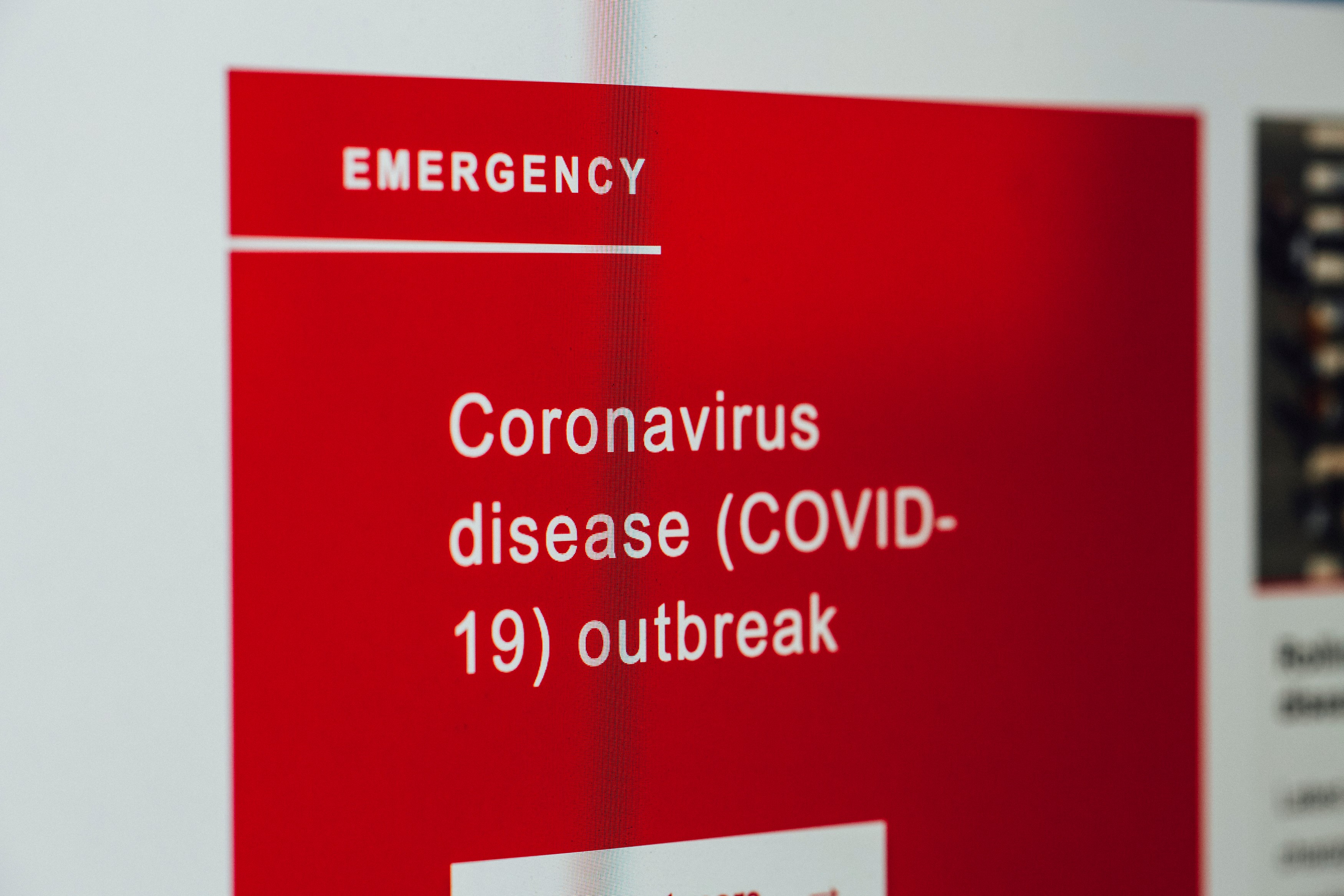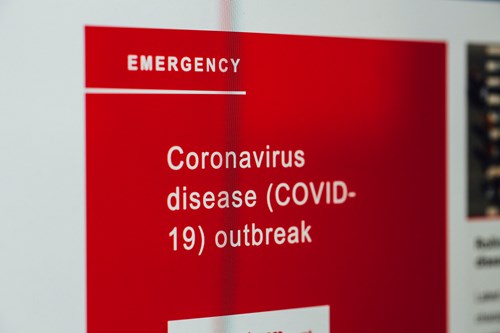Here are five actionable steps that organizations can take to support communities of color hit especially hard by the global pandemic.
 The COVID-19 pandemic has exacerbated longstanding inequities and social determinants of health (SDoH) among communities of color, causing a disproportionate rate of hospitalizations and deaths among racial and ethnic minorities. In a commentary for NEJM Catalyst, Thomas D. Sequist, M.D. MPH, chief patient experience and equity officer, Mass General Brigham, shared insights from his work alongside two communities hit particularly hard by the pandemic: Navajo Nation and Chelsea, Massachusetts.
The COVID-19 pandemic has exacerbated longstanding inequities and social determinants of health (SDoH) among communities of color, causing a disproportionate rate of hospitalizations and deaths among racial and ethnic minorities. In a commentary for NEJM Catalyst, Thomas D. Sequist, M.D. MPH, chief patient experience and equity officer, Mass General Brigham, shared insights from his work alongside two communities hit particularly hard by the pandemic: Navajo Nation and Chelsea, Massachusetts.


Although the two communities differ in size and location, Sequist found “striking parallels” due to social risk factors, including but not limited to food and housing insecurities, a limited amount of health care workers, and a lack of personal protective equipment. Structural racism plays a critical role as well, noted Sequist. Both communities continue to struggle with social distancing due to overcrowding and jobs as essential workers; a limited access to health care nearby; and a pre-existing mistrust of the public health and medical system.
The biggest foreseen challenge according to Sequist: complacency throughout society. “We must remember that the circumstances that created the crisis in Navajo Nation and Chelsea existed long before the COVID-19 pandemic and will persist long after unless we take sustained and impactful action now,” he said. “If we do nothing to change the underlying structure of impoverished communities, this scenario can and will happen again.”
But there are actionable measures that can ignite change. Here are the five steps Sequist recommends:
1. Fund programs to support health care delivery and address SDoH.
The global pandemic has underscored the considerable inadequacies of the public health system as well as structural racism and systemic bias, explained Sequist.
2. Increase funding of the Indian Health Service to aid Native American communities.
Native American communities continue to live under conditions that would have been addressed much earlier in other communities, said Sequist, who emphasized that Native Americans born in 2020 can expect to live 5.5 years less, on average, than other Americans. “This promotes a system of health care rationing that would be unacceptable in any other segment of U.S. society, yet we tolerate it among Native communities and often decline to speak of it,” he said.
3. Support incentive programs to increase provider availability in communities of color.
Financial aid and directed recruitment strategies are critical to improve health care provider supply, as well as training programs for local community members to further economic development, noted Sequist. An increase in diversity of clinical workforces and programs is also an important component to improved health care delivery.
4. Enhance health care communication with communities.
Strides in communication with patients in their preferred language is vital, according to Sequist, who noted that 35 percent of hospitalized patients with COVID-19 at Mass General Brigham do not speak English as a primary language.
5. Ensure technology advancements reach communities of color.
Any technologies funded by federal and private payers need to have the ability to reach vulnerable communities to address existing inequities.
